Everyone talks Olympus OM-D E-M1. You get a lot of camera — for a serious amount of money. For some photographers, it may be too much camera for too much money. Take the closest competitor, Panasonic’s Lumix GX7. Its kit with the Lumix G Vario 14-42mm for $999 costs less than half of the Olympus. Personally, I prefer the more inconspicuous, classic look and the ergonomics of the Lumix. Add the better video. The Oly can “only” shoot 1080p HD at 30 fps, the Pana has 24p and 60p appealing to filmmakers and providing attractive slow motion. But then again, the Pana doesn’t have the Oly’s amazing 5-axis stabilizer. Still, there is an even “cheaper” compact camera system providing most of the above: the Samsung NX300 for believe it or not less than $600 with the 20-50mm kit lens — and only a few dollars more for the 18-55mm combo offering OIS (Amazon). I gave the NX300 a go and am not too disappointed at all! Great value in a solid package.
(BTW, some of the downsized sample images are post-processed. Click on an image and get the unaltered, slightly compressed full resolution JPEG.)
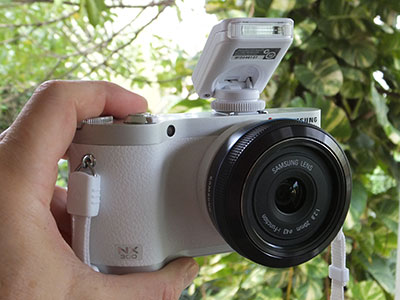
The 20.3MP CMOS APS-C sensor with a 1.5x crop factor is no longer Samsung’s Achilles heel. This sensor delivers spot-on, accurate files straight out of camera with very workable high ISO processing. Add the small package, especially when paired with one of Samsung’s hyper small pancakes, and you wonder why Samsung is still overlooked as the industry’s ugly duckling.
The camera’s Wi-Fi menu is sure one of the coolest things. By the touching of an email icon you can instantly send an image via wireless connection. Or better even install the Samsung Smart Camera app (iOS / Android) onto your smartphone, then choose MobileLink in the NX300’s Wi-Fi menu and you’re all set to use transmit files via smartphone connection.
Well National Geographic’s Robert Clark makes the NX300 perform quite well:
You might also like that ISO can be adjusted in 1/3 steps and an Fn button on main menu gives access to a nicely designed settings overview. The camera offers the usual effects and filters — especially street photographers might like Rich Tones in Smart mode, a way to capturing and merge multiple images in various exposures to inject a boost of soft and rich colors.
Well I never use these filters and modes. The NX300’s beautifully minimalist concept and design allow for no-nonsense photography. Yes you have filters, but it’s definitely not a camera for smartphone snappers who’d like to upgrade. This is a serious photography tool for serious photographers.

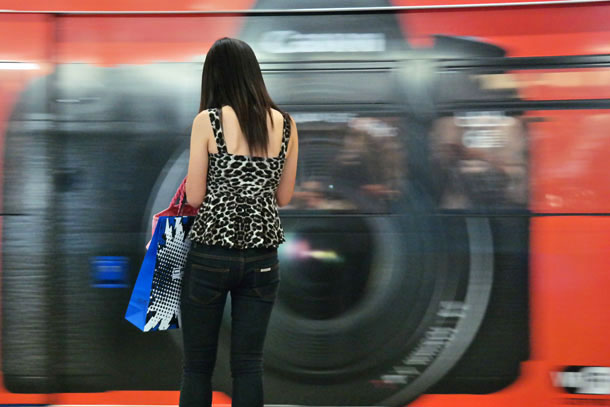
Yes, the 18-55mm OIS F3.5-5.6 kit zoom is not the brightest, but let’s be honest: the better sensors get, the less importance we have to read into the speed of glass. To keep camera and lens size down manufacturers have to make compromises. This kit lens is very acceptable compromise.
It can serve as a cream machine with beautifully smooth bokeh, and AF is fast, that’s why world’s fastest man Usain Bolt advertises for Samsung. “Best camera,” says the authority on speed:
But well, maybe not fast enough. The monkey below seemed to approach me a bit faster than Usain Bolt would have. AF didn’t track the ape a 100% accurately, and I made sure the focusing settings are all correct before the monkey charged me:
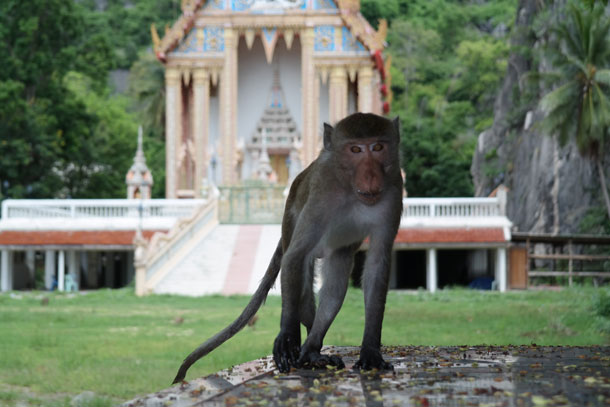
We all know there is a lot of marketing hype behind each and every highlighted camera feature. At least it’s safe to say that enabled by a very short shutter lag, the hybrid AF system of the NX300 allows to shoot accurate, sharply detailed images fast. Don’t know if faster than competitors, but reasonably fast enough.
Furthermore, the NX300 makes it easy for the more casual shooter to use auto settings all the way. Some of the downsized sample images below are post-processed. But if you click on the images and download the (slightly compressed) full resolution files, they are straight out of camera with natural, spot-on colors. Even the reds need hardly any correction.
As it happens with other, supposedly more “seasoned” cameras, when I apply CS Auto Tone especially images shot in difficult light might get a whole new look. These Samsung JPEG files are very accurate and robust. Auto Tone has hardly any need to change anything.

True, the NX system’s zoom lens selection might not yet be there. Edge-to-edge performance of the 18-55mm kit zoom isn’t top of the line, but certainly more than good enough for even A3 sized prints. Luckily Samsung offers a range of excellent, very compact prime pancakes, just to mention the 20mm F2.8.
DxOMark, for instance, the industry standard for camera and lens measurements and ratings, likes the Samsung primes:
Although Samsung’s mirrorless system doesn’t quite have the same reputation nor heritage as its more established rivals, the lens range (while admittedly containing some oddities, such as the 85mm F1.4 and the not tested 45mm F1.8 2D/3D model) is refreshingly innovative and are, mostly, very strong performers. In fact, as our comparison graph shows the NX mount primes compare very favourably with the equivalent NEX mount lenses from Sony. But it’s not only the NEX mount lenses that the Samsung models compete with. They’ve shown with the 85mm F1.4 and some excellent sensors what they’re capable of, but perhaps what’s needed now is a high-end enthusiasts model to contend with the likes of (Olympus, Panasonic and Sony).

So would I buy the NX300?
I handle so many cameras these days. They’re all great tools offering very good to excellent image quality and more functions and settings than I’ll ever be able to use. But hardly any camera gives me a wow effect and tells me, “That’s the camera I’ve been waiting for!”
The NX300 is a good camera producing reliable, satisfying output. The sensor offers a quality that pleases enthusiasts and pros alike. Add the quality prime glass. But there are a few annoyances. Believe it or not, main screen is stuck for three seconds when switching settings because each time I’m told what P or A or S mode is all about.
In these three seconds my shot might be gone already. Annoying to say the least. I don’t want the camera that stubbornly teaches me photography basics. I expect it to do what it’s told to. Maybe a firmware update will bring the camera to reason.

Also, as long as these compact mirrorless bodies are not matched by compact lenses, what’s the point of miniaturization. We all know, the larger the sensor, the larger the optics. But as photograph is more and more the result of elaborate in-camera and post-processing, please camera maker find a solution to shrink those lenses by giving more power to fancy algorithms. As of now, the difference between holding a traditional DSLR with a zoom and a compact system camera with a zoom is not really that big. Samsung, a company at the forefront of digital imaging technology, should know exactly what I’m talking about. It just could promise so much more sense to hold this beautifully crafted NX300 body together with a matching lens.
So if I decide on a camera, it has to offer irrefutable advantages. The Samsung NX300 does everything well, but it isn’t really outstanding at anything it does. Autofocus speed? Usain Bolt could run faster, I guess.
Animals are always a good test object to put AF promises to the proof. You can’t tell an animal to hold still. So how did this hyped AF track our parrot Maggie? OK, the light wasn’t the greatest, but was more of a hit-and-miss experience.

Yes, the camera’s big plus are the authentic, natural tones and colors. The NX300 delivers very decent SOOC results that are at least spot-on as pricier cameras with bigger sensors. Even in difficult light those skin tones look great. If it wouldn’t be for the occasional studio shoot or very very important work, with such nice JPEGs, why would anyone go through the trouble of shooting RAW?
For a reasonable amount of money you get a solid, reliable package. The NX300 might not be the camera most are lusting after. Maybe it’s because Samsung is a newcomer. Maybe it’s the motley menu (I’d prefer something more conservative), the few petty annoyances or the bold futuristic design. Call me an Epicurean, but the experience of photography is at least as important as enjoying nice photographs.
Nice camera, great technology, but as with many of today’s photographic tools, I’m missing this camera’s mojo and soul. It does what it has to do. Spoiled snob? If you’re looking for a very competent and capable camera, at this price level you’d be a fool to not grab an NX300 that can easily light up anyone’s passion for photography.
For this price you can hardly go wrong with this state-of-the-art camera that offers hybrid AF, built-in Wi-Fi, crisp Amoled screen and all the advantages of an APS-C sensor with good depth of field control and clean high ISO. The tradeoff comes in the form of comparably larger zoom lenses. Just get one of those excellent prime pancakes and you’re all set with a stylish, half minimalist, half retro camera that’s certainly on par with more talked about contenders.
Samsung cameras in general may lack heart, soul and mojo, but for about $600, with a large excellent APS-C sensor, this is some of the best mirrorless value monry can buy.
+++ You can order the Samsung NX300 from Amazon, B&H and Adorama.
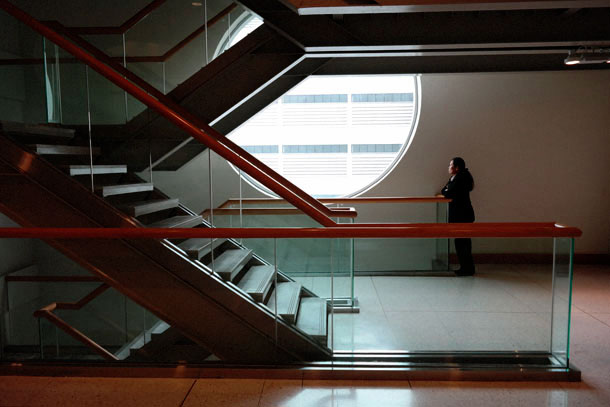

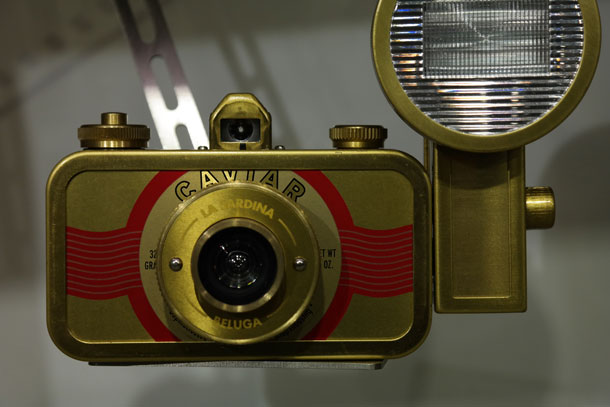
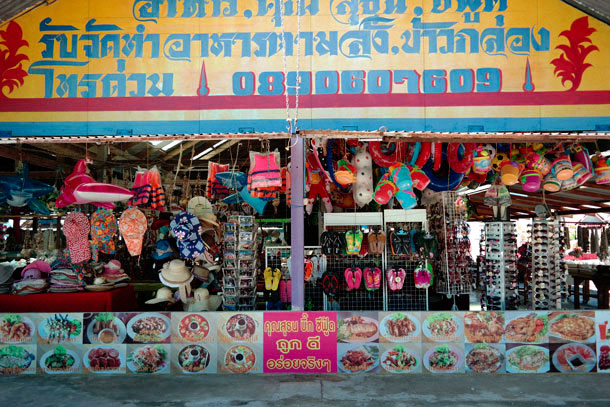
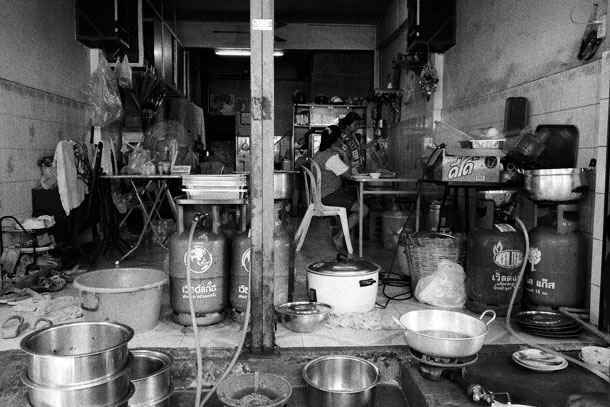
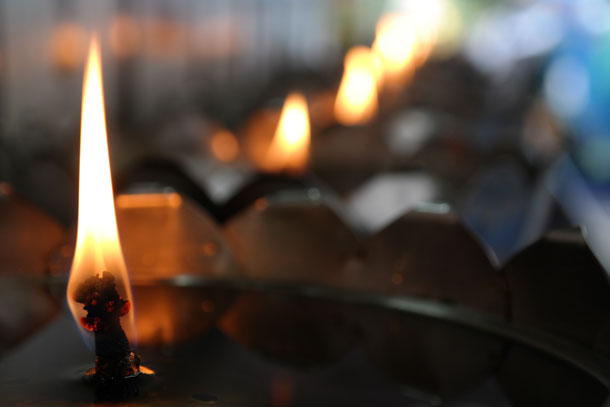

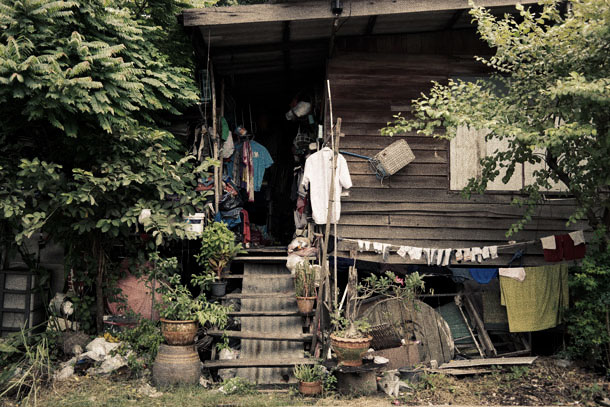
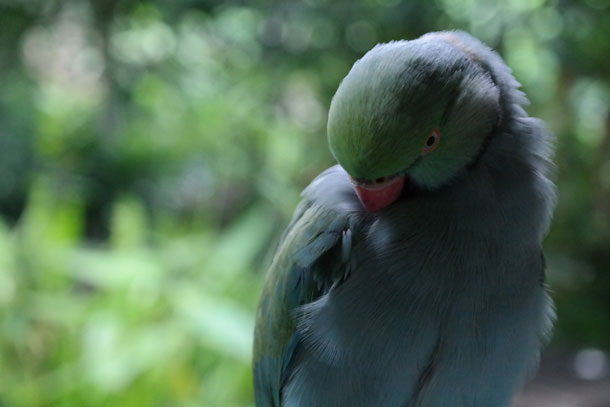
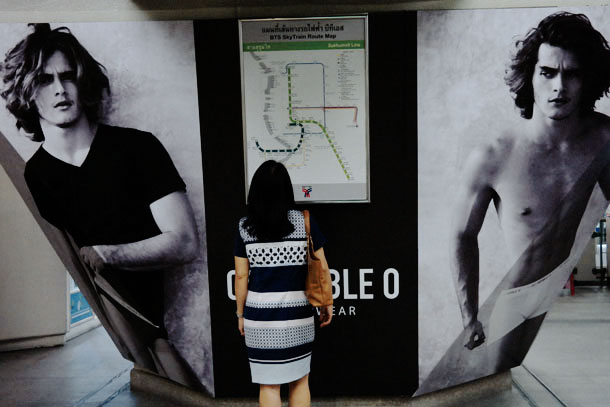
To conclude, two panoramas:




